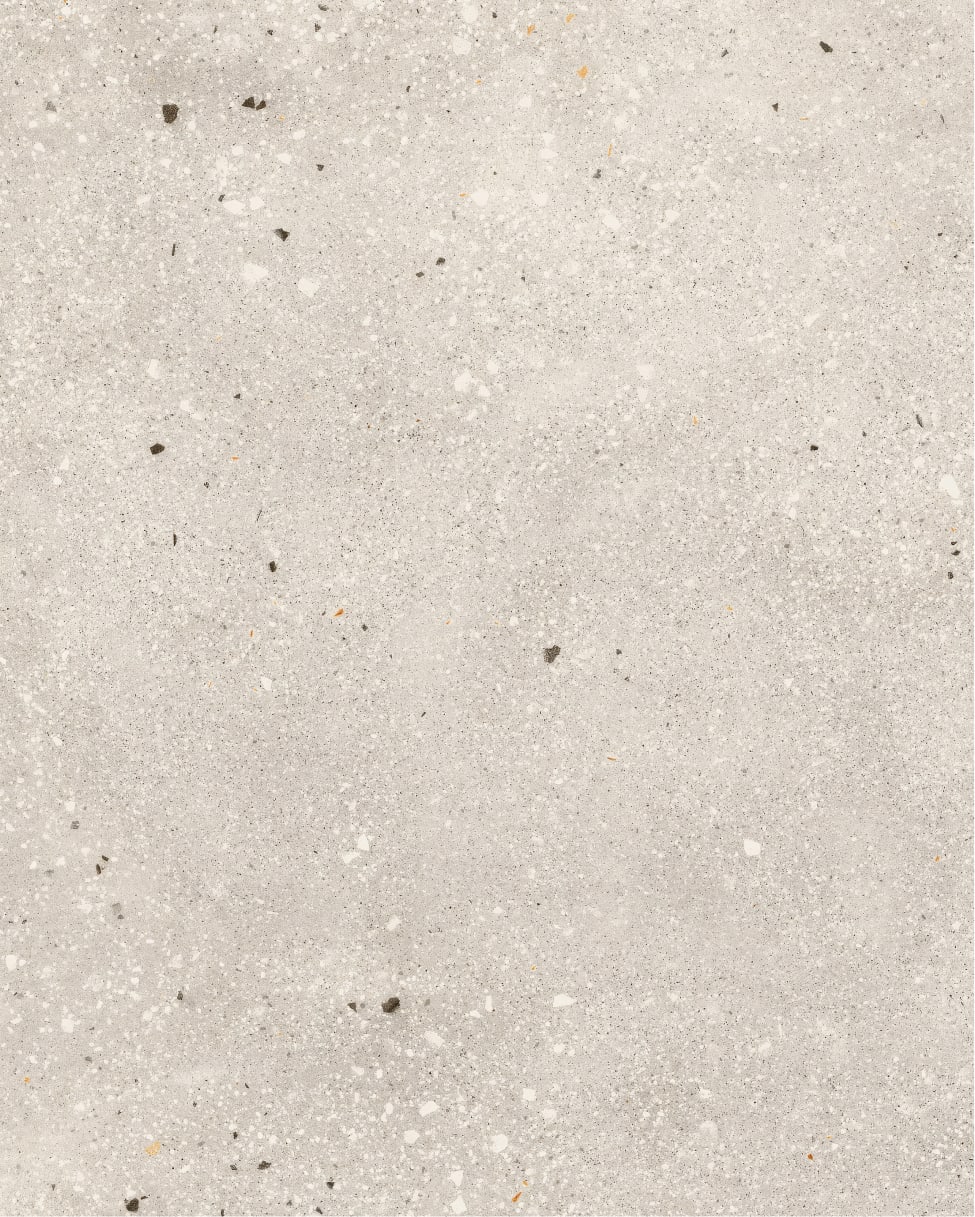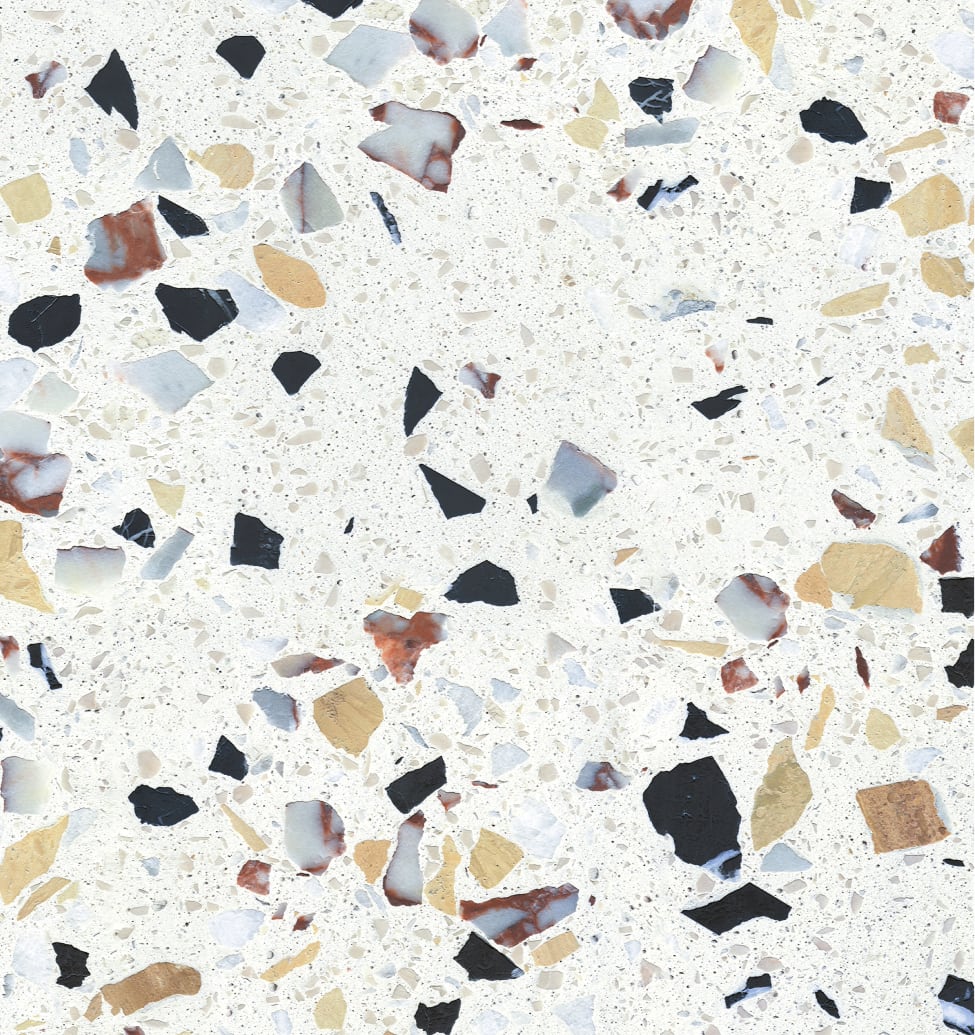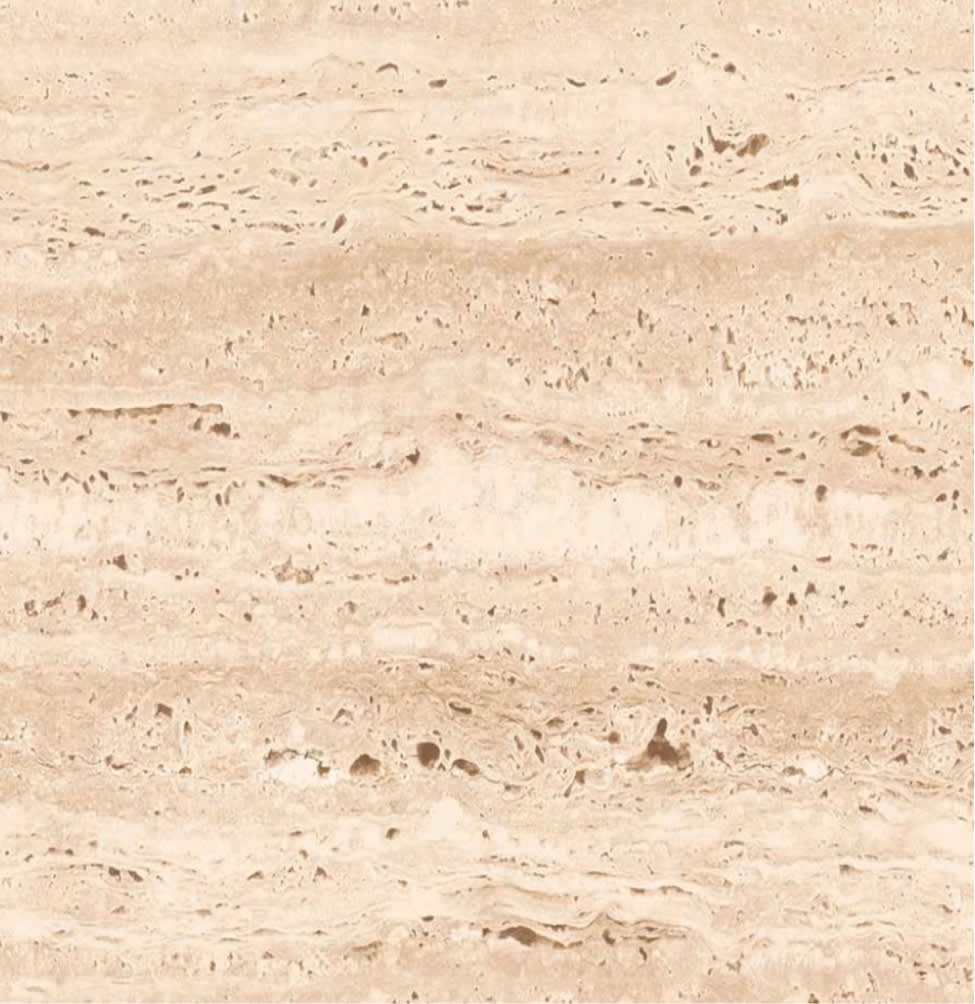Materials:
Mineral materials

Cement
Cement is a robust and versatile material, widely used in the design and manufacture of contemporary furniture. Its natural mineral-based structure gives it exceptional resistance, capable of withstanding moisture, rain and direct sunlight without losing its integrity. It is also made with fibres, which makes it light without losing its robustness. Its surface has subtle variations, cracks and irregularities that are part of its unique aesthetic, bringing authenticity and personality to each piece. Beyond its industrial appearance, cement is a material that forms a dialogue with its environment, adapting to both indoor and outdoor spaces and evolving over time.
How does it evolve?
Cement is a living material that changes over time. Exposure to the weather and temperature variations can generate small cracks, irregularities or porosities on the surface. These changes do not compromise its resistance but are part of its nature and add character to the piece. The cement’s patina can also transform with daily use, developing slight variations in tone that give it an even more organic appearance. Proper maintenance will help to control its evolution, maintaining a balance between solidity and aesthetics.

How to take care of it
To keep cement furniture in perfect condition, it is advisable to maintain it every 6 months with a specific protector, such as the Sterina stone protector. Although it is a resistant material, it is sensitive to scratches and stains, so contact with sharp objects or acidic substances should be avoided. It is advisable to use coasters and tablecloths to prevent discolouration and to wipe up any spills immediately with a damp cloth and mild soap. During winter, it is advisable to cover the piece with a protective cover, such as our Iria protective covers, or store it in a dry place, especially in climates where temperatures drop below 0ºC. With this care, cement will maintain its resistance and appearance for many years.

Terrazzo
Terrazzo is a material composed of fragments of marble, quartz, granite and other minerals, joined with cement and polished to obtain a smooth and resistant surface. It is also made with fibres, which makes it light without losing its robustness. Its handcrafted origin gives it a unique aesthetic, with an individual effect from the textures and colours. Its durability and resistance to moisture and wear make it a versatile option for both indoors and outdoors.
How does it evolve?
Over time, its finish acquires even more personality, reflecting the history of every time it has been used and becoming a piece that ages in style. Its surface can develop a natural patina with use, softening its initial lustre and bringing out the texture of its mineral fragments. Although it is highly resistant, exposure to weather and temperature changes can generate slight variations in tone. With proper maintenance, terrazzo retains a balance of solidity and aesthetics, ageing with character without losing its essence.
How to take care of it
To keep terrazzo furniture in perfect perfect condition, it is advisable to apply a specific protector every six months, such as the Sterina stone protector. Although it is a resistant material, its surface can be affected by scratches or stains, so it is best to avoid contact with sharp objects and acidic substances such as vinegar, citrus fruits or wine. To prevent marks and discolouration, the use of coasters and tablecloths is recommended, and any spills should be wiped up immediately with a damp cloth and neutral soap. In winter, if the furniture is outdoors, it is advisable to protect it with a cover, such as the Iria protective covers, or to store it in a dry place when temperatures drop below 0ºC. With this care, terrazzo will retain its beauty and durability for years to come.

Cement with special finishes
This innovative material is designed for indoor or covered outdoor spaces and combines the solidity of traditional cement with special surface finishes, such as travertine effect or glossy finishes. It is also made with fibres, which makes it light without losing its robustness.
How does it evolve?
Cement with special finishes maintains its resistance over time, however, its surface may evolve with use and exposure to certain environmental factors. Although it is designed to minimise stains and scratches, constant contact with sharp objects or corrosive substances can affect its appearance over time. Prolonged direct sunlight may also slightly alter its hue. Regular maintenance and proper protection will help preserve its original finish, allowing the material to retain its elegance without losing its resistance.
How to take care of it
To prolong the life of cement furniture with special finishes, we recommend applying a specific protector every 3–6 months, such as our Sterina Stone Protector, depending on the frequency of use. It is important to avoid contact with acidic substances such as vinegar, wine or citrus fruits, as they may damage the surface. To prevent scratches, avoid dragging sharp objects over the table and it is always advisable to use coasters to avoid discolouration. In addition, if you want to place your furniture outdoors, keep it sheltered, avoid direct and prolonged exposure to the sun and apply maintenance products twice or three times a year, depending on its use, to guarantee its durability. We also advise you to protect the piece with a quality cover, such as our Iria covers. With this care, cement with special finishes will maintain its appearance and functionality for many years.